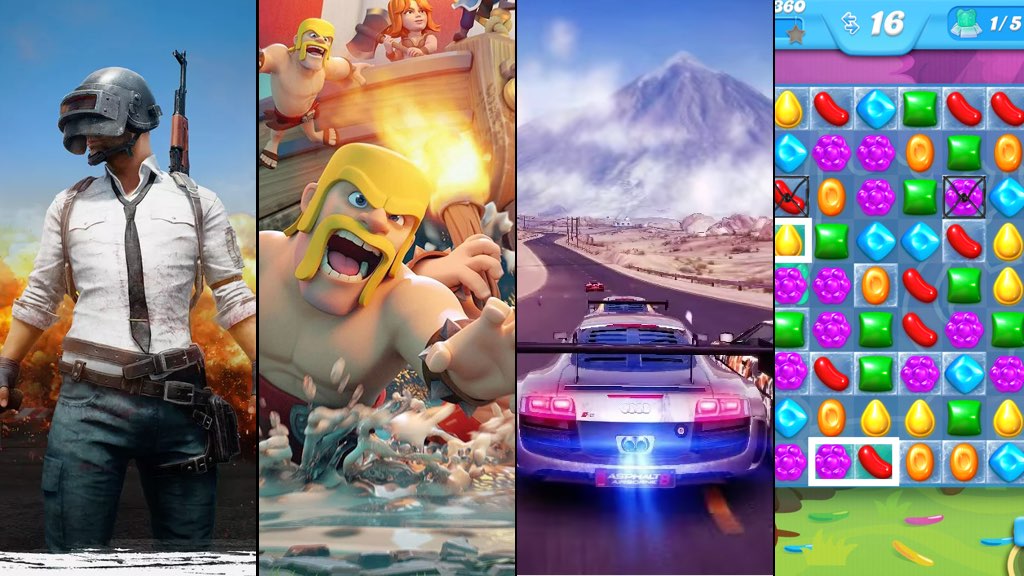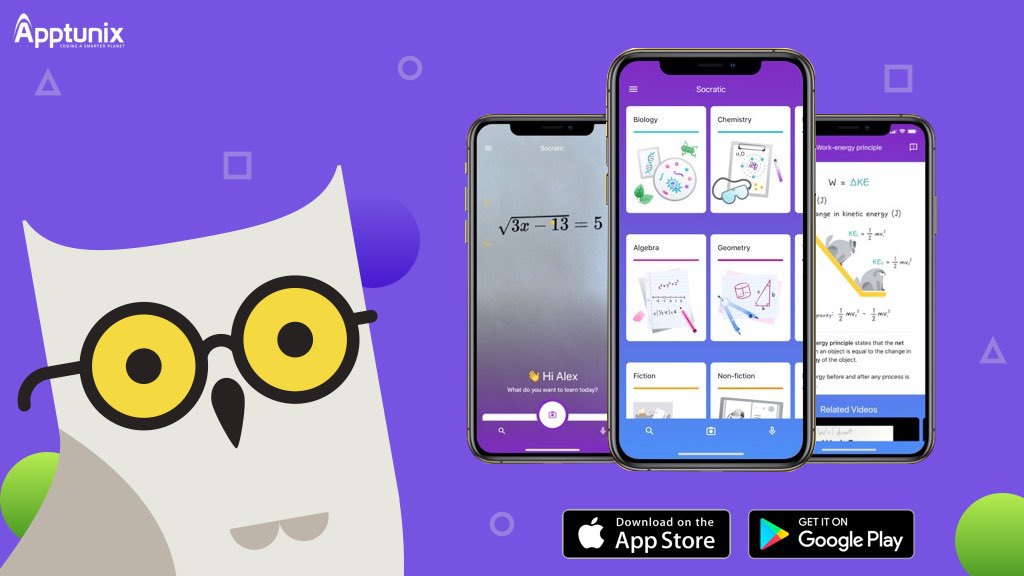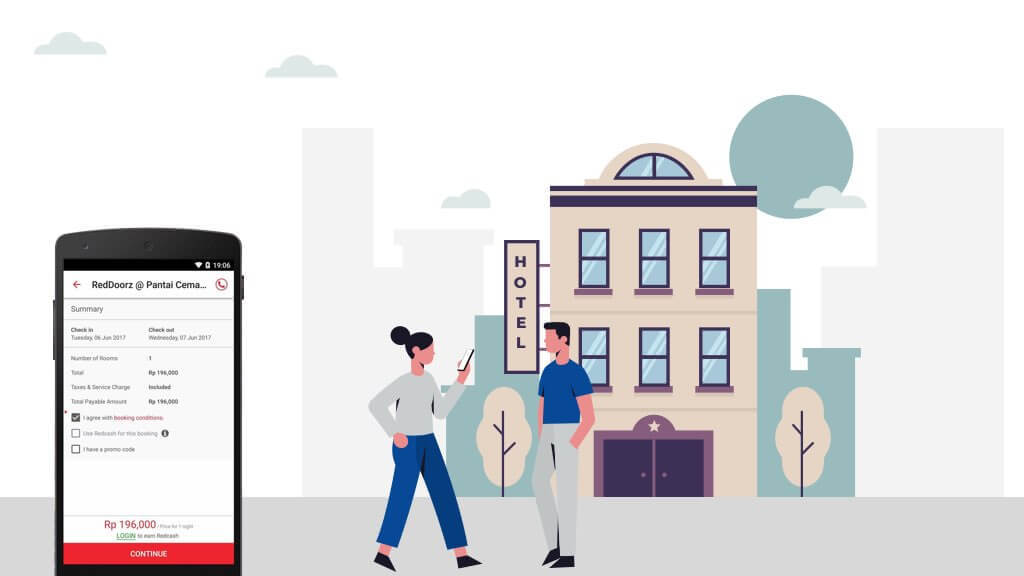Don't miss the chance to work with top 1% of developers.
Sign Up Now and Get FREE CTO-level Consultation.
Confused about your business model?
Request a FREE Business Plan.
Creating The Descriptive & Impressive Game Design Document
Table of contents

When you think of modern-day gaming titles – Fortnite, PUBG, Call of Duty, even the less popular ones, you think of amazing detail, visual vibrancy, excellent sound, and controls. Every new game launched raises the bar for future games. Game developers have a challenging job. A Game Design Document (GDD) is one of their most useful and reliable game development tools.
What is a game design document?
A game design document is basically a descriptive design for the video game that includes details related to the storyline, characters, environment, gameplay, soundtrack, controls and pretty must every noticeable aspect of the game. A design document for a game usually contains concept art and diagrams of the game environment and different levels, details of the game mechanics, copy of character arcs and storylines.
It serves as a guide for game designers and programmers and can be used for the sales pitch since it mentions the game’s USPs, target audience and its unique and most marketable features.
Why’s it needed?
Game design document has been integral to video game development for decades, but there has been some talk of scrapping it in recent times. There are some who feel creating a design document for games is an unnecessary exercise because it doesn’t serve much use after being published. Also, if the document is not regularly updated with every change and progression, it can create confusion for the development team.
But these opinions ignore the many, rewarding benefits of game design documents that leading game development companies swear by. Some of these are –
A design document for a game keeps the development process on course
A good game design document is usually thorough, descriptive and clear about the flow of the developmental process. While simple, small scale projects might be able to make do without a reference source common to every member of the team, complex games that require large development teams require a definitive guide to keep the flow of progress on course. This will ensure everybody knows where they’re headed at different points during the process.
A game design document helps developers stay true to the original vision for the game
There’s a lot that happens in between the first inspiring idea for a new game and the final product. Let’s say you want to create a cryptozoology themed creature-hunt game. With a game design document, you’ll have a clear idea of which creatures to include. You won’t be tempted to include fire breathing dragons when a member of your team comes up with that idea because the focus of the game is cryptozoology, not fantastical monsters.
A game’s design documents act as a filter, helping you include new ideas that are relevant to the project while keeping out even the most tempting irrelevant ideas.
A game design document helps define the scope of the game
It’s easy to get carried away when the creative juices are flowing unchecked. Having a design document as a blueprint of the game prevents a drift off from the core concept and scope of the game. If somebody suggests new gameplay elements for certain plots or gets an idea for another, step-up level, knowing the exact scale of your game will help you decide whether you can go with those suggestions.
Creation of a game design document
Make a list of ideas
Ideas are the heart and soul of game development. You require loads of them to evolve the basic concept of the game and create a unique and exciting world for the consumers. So, the first step of creating a game design document is – assemble your team of thinkers and go wild.
Consider all possibilities and invite ideas about each of these possibilities – What happens when the user’s character loses? What music can you use for different situations? How does the player power up? What customizations will make the game more interesting? Pen down every idea that sounds appealing, no matter how crazy it might be.
This is the part of the process where you determine the game’s underlying theme, art style, target audience and your vision of the finished product. Think like the audience – of things you felt were missing from a game you recently played, elements you wish were present in your favorite games and control features you find frustrating in games that are similar to yours. Write it all down so you can build on these shortcomings and create a better game.
Create a game and gameplay descriptions
Use the wealth of ideas at your disposal and create a definitive game description – what the game is all about, the flow, possibilities, and limitations of gameplay. Next, work on characters’ backstories, motivations and in-game story arcs, their weapons, look, skillsets and possible customizations.
At this point, you might think of catchphrases, behavior traits, and mannerisms that you feel suit particular characters and their roles in the story. Add it all to your game design document.
Create a prototype
Gather your programming team and discuss every idea on the document, figure out which ideas are feasible with your project’s scale and budget. Once you’ve excluded ideas that don’t fit in, you can start working towards creating a prototype for your game.
A prototype will help you identify what all works and is in sync with your goals, so you can exclude stuff that doesn’t comply with your plan. A basic prototype is built on the primary elements of the game. It lets you test the ideas so only the ones that work remain in the design document. This will allow your team to concentrate on perfecting the working ideas instead of devoting time and energy on ideas that don’t work.
Now include these tested, working ideas to your game design document.
Consider possible changes
When you’re developing a new game, new ideas can pop up in anybody’s head at any given stage and some of these can be brilliant. But there must come a point where you need to say no to further changes so you can take the development process to a definitive conclusion.
Invite your team to pitch in with their suggestions one last time – ideas that can improve the game in any manner and then decide if these improvements are significant enough to warrant making changes.
Once you’ve incorporated these final changes into your design document, you’ll be left with a mostly definitive guide to building your game around.
Creating a game design document That Will Wooh Everybody
Speak to your game development team
You might want to share the game’s design document with the consumer once your game is out, but the primary focus of the document should be on speaking to your team. The language should be fun, yet descriptive and ideally include technical terminology they’re used to.
Include audio and visual information
Concept art, diagrams even audio files and reference videos can add clarity and value to your game design. If you’re using a strict, text-only base for your document, you can add links and sources of reference audio and video data.
Mention deadlines
As engaging as the game app development process can be, you want your game to be finished within a reasonable time frame. Make a clear note of deadlines for each stage of game development so all members of the team can plan the best way to complete their share of the work in time.
Conclusion
Developing a game is a complex, collaborative operation. A precise game design document is both a reference guide and a record of every progressive step. It’s the essential first step towards building a game – a highly efficient way to simplify and streamline the game development process and save a ton of time, money and effort!
Need help developing your idea into an engaging state-of-the-art game? It’s easy – Just drop us a word and we’ll get back to you with the relevant details.
Rate this article!
(2 ratings, average: 4.00 out of 5)
Join 60,000+ Subscribers
Get the weekly updates on the newest brand stories, business models and technology right in your inbox.

Experiencing the journey with excitement, tackling the obstacles with the zeal to disrupt the vision of the world through her words is what defines the attitude of Vaishali Sonik. Vaishali a.k.a. Maggie took a turn from her Masters Journey in E.C.E to become an Internet influencer. Since 2014, she has been blending & molding her words to express the knowledge she has alongside learning herself at every step. She describes her profession as an Online Content Strategist & Writer, a way to learn something new at every step.

Telemedicine 2.0 - A Comprehensive Guide On What Healthcare Providers Need To Know?
Discover how the latest advancements like Artificial Intelligence in telemedicine are reshaping patient care. This comprehensive resource offers insights into the key trends and innovations driving this shift, providing valuable knowledge for healthcare professionals looking to stay ahead.
Download Now!Subscribe to Unlock
Exclusive Business
Insights!
And we will send you a FREE eBook on Mastering Business Intelligence.
















